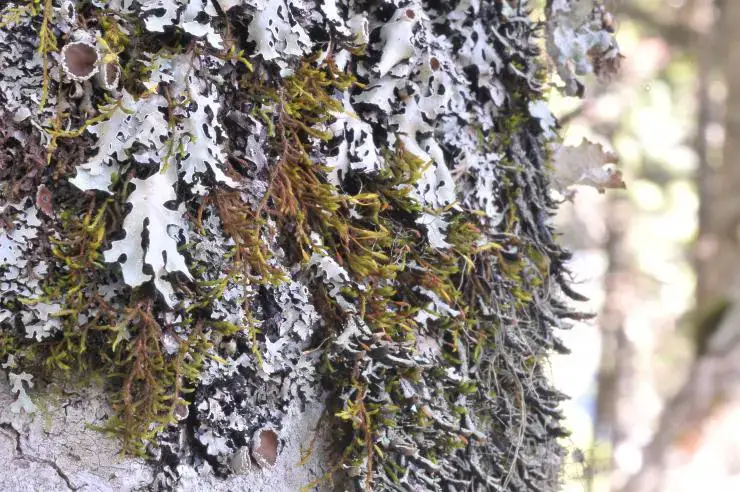
132850-2.jpg from: https://www.mozambiqueflora.com/speciesdata/image-display.php?species_id=132850&image_id=2
Exploring the Fascinating World of Pylaisiobryum abyssinicum Moss
Introduction

5856d54f21c593d9017a4c708465902e.jpg from: https://openmuseum.tw/muse/digi_object/944be5363af1050246cc941b5ca41998
Mosses may be small, but they play a big role in many ecosystems around the world. One particularly interesting species is Pylaisiobryum abyssinicum (Müll.Hal.) Cufod., a moss in the Entodontaceae family. In this blog post, we’ll take a closer look at this unique plant, from its morphology and habitat to its ecological importance. Get ready to dive into the miniature world of Pylaisiobryum!
Background
Pylaisiobryum abyssinicum is a species of moss, which are non-vascular plants in the division Bryophyta. Mosses are found in a wide range of habitats worldwide. They lack true roots, stems, and leaves, instead having structures that serve similar functions. P. abyssinicum was first described by German botanist Carl Müller in 1864 as Hypnum abyssinicum. It was later reclassified in the genus Pylaisiobryum.
Morphology and Identification
Pylaisiobryum abyssinicum forms loose mats of slender stems covered in small, ovate leaves. The leaves have a short, double costa (midrib) and are bordered by elongate cells. Capsules are erect and cylindrical on long setae. Spore size ranges from 10-14 μm in diameter.
One of the key features for identifying P. abyssinicum is the distinctly rugose (wrinkled) exostome teeth on the capsule mouth. Under a microscope, the leaf cells are short and rhomboidal.
Global Distribution and Habitat
Pylaisiobryum abyssinicum has a widespread distribution, found in Africa, Asia, Australia, and the Americas. It typically grows at low to mid elevations in moist, shaded habitats such as:
- On rocks and tree bases in forests
- Along streams and rivers
- In sheltered crevices and caves
This adaptable moss is able to colonize a variety of substrates, including soil, bark, and stone. In some areas, it is considered an invasive species that can displace native vegetation.
Ecological Roles and Adaptations
Like other mosses, Pylaisiobryum abyssinicum plays several important roles in its ecosystem:
- Erosion control: The dense mats help stabilize soil and prevent erosion.
- Water retention: Moss tissues absorb and hold moisture, regulating humidity in the microenvironment.
- Nutrient cycling: As mosses decompose, they release nutrients back into the soil.
- Habitat for micro-organisms: Many invertebrates and beneficial microbes live among the shelter of moss mats.
P. abyssinicum has several adaptations that allow it to thrive:
- Desiccation tolerance: The moss can dry out completely and rehydrate when water is available again.
- Asexual reproduction: New plants can grow from broken fragments, allowing quick colonization of disturbed sites.
- Protective structures: Thick cell walls and waxes help prevent water loss and damage from UV radiation.
Conclusion
From the forest floor to the cracks in a boulder, Pylaisiobryum abyssinicum is a small but mighty part of the ecosystem. This widespread moss has an important job to do, from preventing erosion to providing homes for tiny organisms.
Next time you see a patch of moss, take a closer look – you may just be looking at the marvelous world of Pylaisiobryum! What other secrets are hiding in these miniature forests?